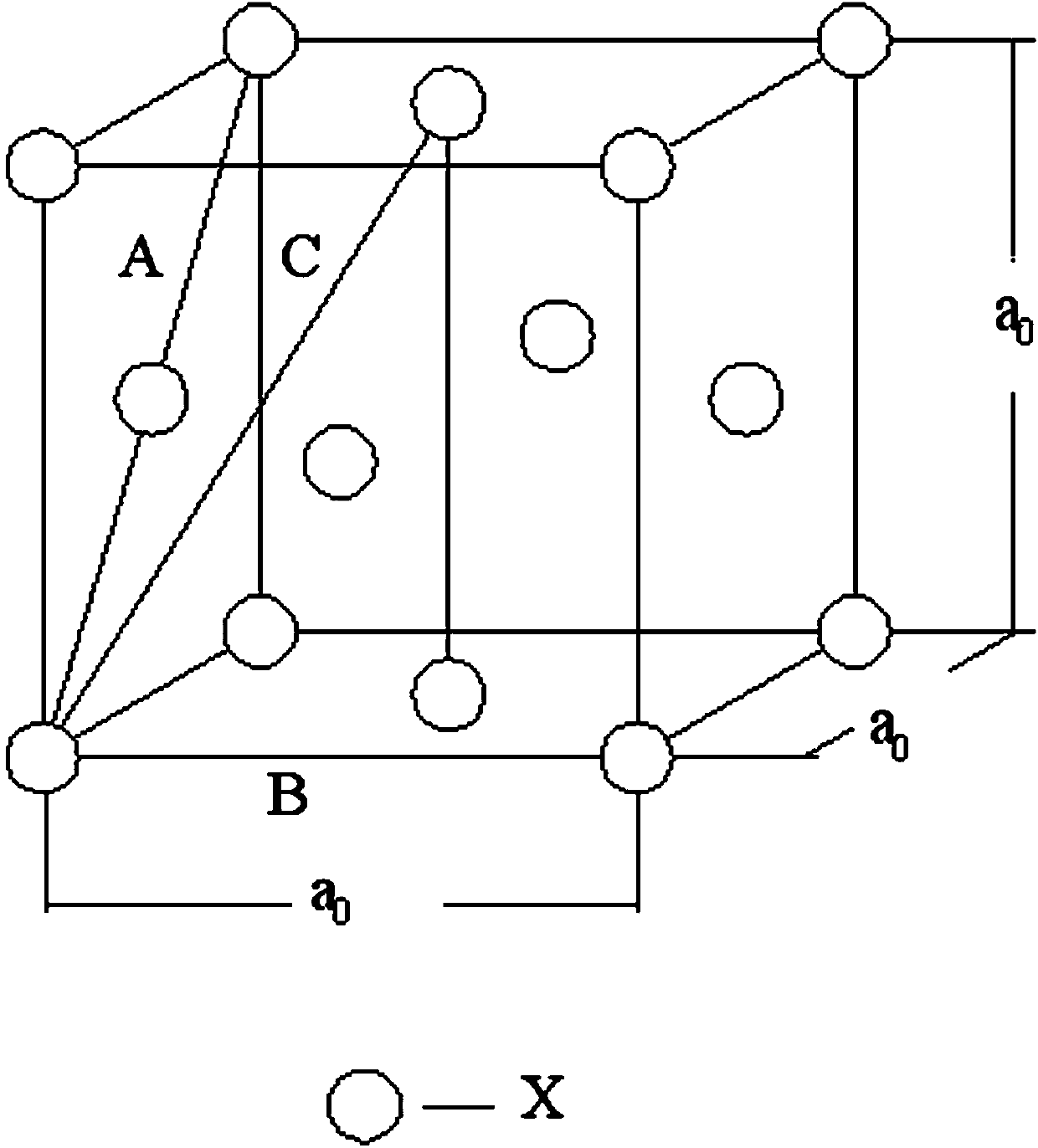A Method for Predicting the Adiabatic Shear Sensitivity of Pure Copper and Copper Alloys Using Valence Electronic Structure Theory
An electronic structure and adiabatic shearing technology, which is applied in chemical property prediction, electrical digital data processing, special data processing applications, etc., can solve the problems of not being able to predict the difficulty of adiabatic shearing phenomenon well and difficult to break through.
- Summary
- Abstract
- Description
- Claims
- Application Information
AI Technical Summary
Problems solved by technology
Method used
Image
Examples
Embodiment Construction
[0041] A method for predicting the adiabatic shear sensitivity of pure copper and copper alloys using valence electron structure theory, comprising the following steps:
[0042] (1) Applying the above principles, take pure copper and aluminum bronze as examples to calculate the electronic structure parameters
[0043] The hybrid double state of pure copper is:
[0044] h state: :
[0045] t state: :
[0046]
[0047] In the formula, represent n c , represent n l . Table 1 shows the alpha-hybridization table of Cu calculated according to the above hybrid binary states and formulae (1)-(6).
[0048] Table 1 Cu atom alpha-hybridization table
[0049]
[0050] Similarly, the hybridization table of Al atoms can be calculated, as shown in Table 2.
[0051] Table 2 Al atom alpha-hybridization table
[0052]
[0053] pure copper The crystal structure is Fm3m (No.225): f.c.c, and its lattice constant is a 0 =0.36147nm, The...
PUM
 Login to View More
Login to View More Abstract
Description
Claims
Application Information
 Login to View More
Login to View More - R&D
- Intellectual Property
- Life Sciences
- Materials
- Tech Scout
- Unparalleled Data Quality
- Higher Quality Content
- 60% Fewer Hallucinations
Browse by: Latest US Patents, China's latest patents, Technical Efficacy Thesaurus, Application Domain, Technology Topic, Popular Technical Reports.
© 2025 PatSnap. All rights reserved.Legal|Privacy policy|Modern Slavery Act Transparency Statement|Sitemap|About US| Contact US: help@patsnap.com



